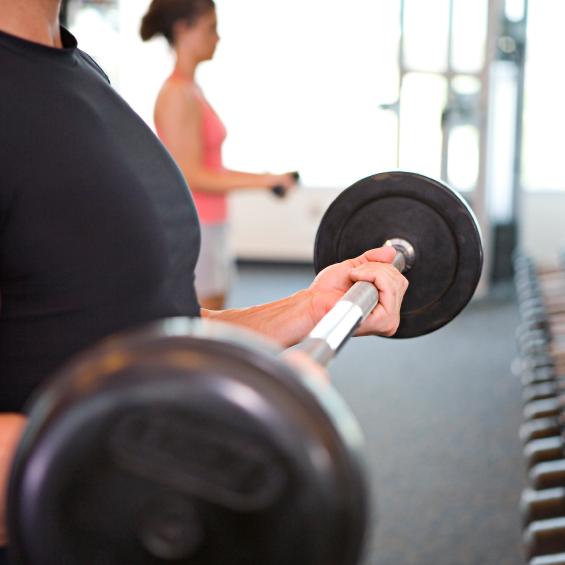580+ pounds puts a lot of pressure on power lifters from head to toe

Imagine lifting two refrigerators over your head. Now throw in two models on top of those refrigerators. That’s how much weight the best of the best in the men’s superheavyweight division leaders are expected to lift! (The record in Olympic competition is 263.5kg, or 580.9 pounds!)
International weightlifting consists of two lifts: the snatch and the clean and jerk. Both of these lifts are performed explosively, requiring a combination of strength and speed. However, because these lifts also enhance strength and speed, they are frequently implemented in the training for other competitive sports to improve the athlete’s jumping ability, agility, and explosiveness.
Let’s meet today’s ATI Injury Analyst: ATI Regional Director Damon Bescia is a physical therapist with board certifications in both orthopaedics and sports, who is also a strength and conditioning specialist.
According to Damon, despite the unbelievably enormous weights these athletes lift, weightlifting is actually one of the safest sports. You and I may be more at danger when lifting just one-tenth of what these elite athletes achieve because we don’t have the extensive training in proper lifting technique that these athletes benefit from.
Damon said that one study revealed that weightlifting injuries varied from acute to chronic, from mild to severe, and from ligament sprains to fractures of the spine—even one concussion was reported. Here are a few other common injuries…
What types of injuries are common…
- Low back: Because weightlifting exercises (like the snatch and the clean and jerk) put a lot of stress on the body, they can strain the muscles in the back.
- Knee: Weightlifters are constantly squatting, which puts extreme pressure on their knees.
- Shoulder: As with the lower back and knee injuries, weightlifters exert a lot of pressure on their shoulder muscles to complete a press above their head.
Prevention and treatment
Keys in reducing the risk of such injuries include…
- Implementing a proper warm-up
- Strict adherence to correct lifting technique and body mechanics
- Using good discernment in avoiding over-training and knowing one’s own limitations
- Resisting the desire to “push through the pain” after its onset.
If the stories of top weightlifters inspire you to “hit the weights”, be sure to work with a qualified weight coach to learn proper technique. You may not become the next “World’s Strongest Man or Women”, but with proper weight training you’ll build muscle mass, boost metabolism, strengthen bones, decrease blood pressure, improve posture, and even improve your mood because weight training generates good mood inducing endorphins!
